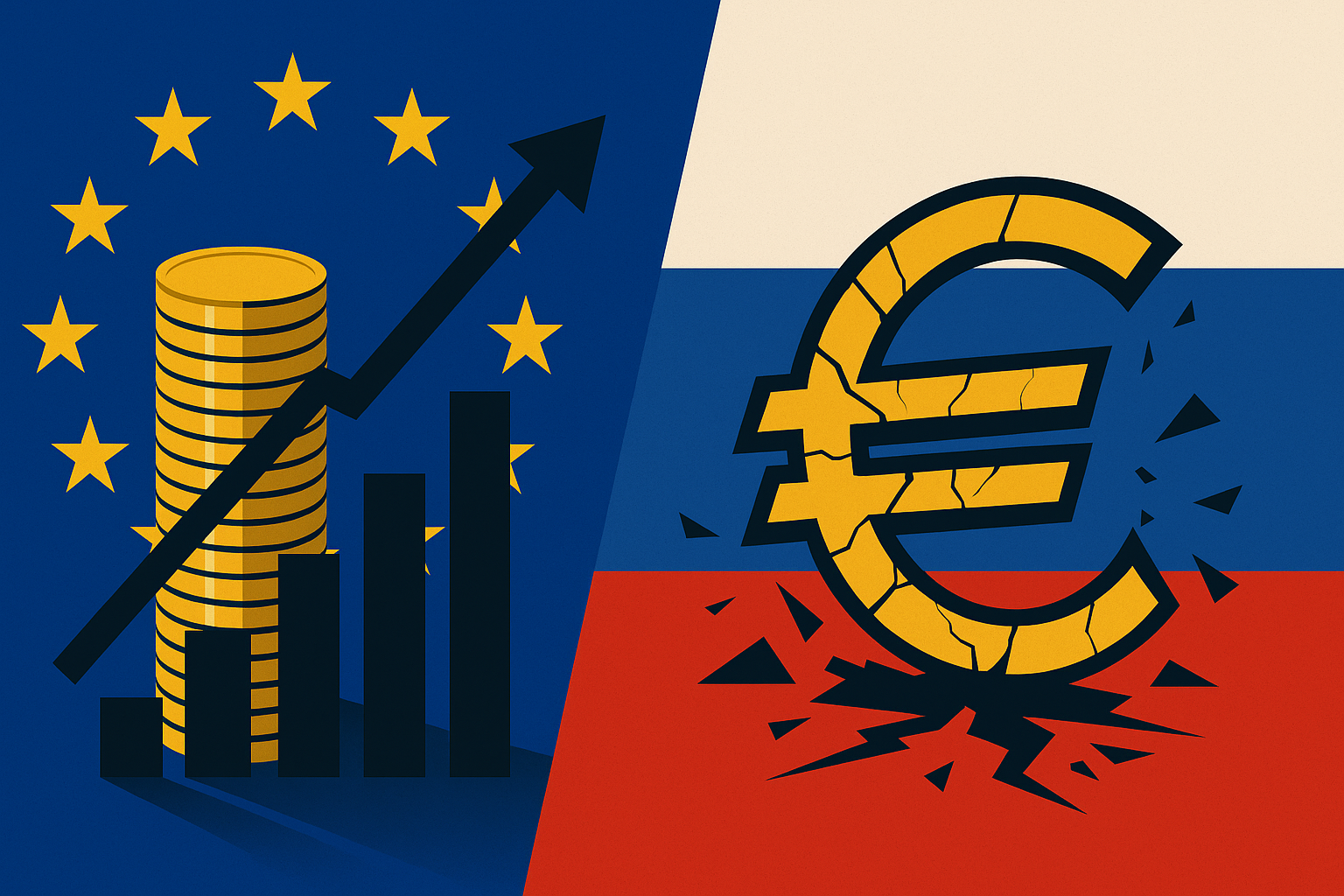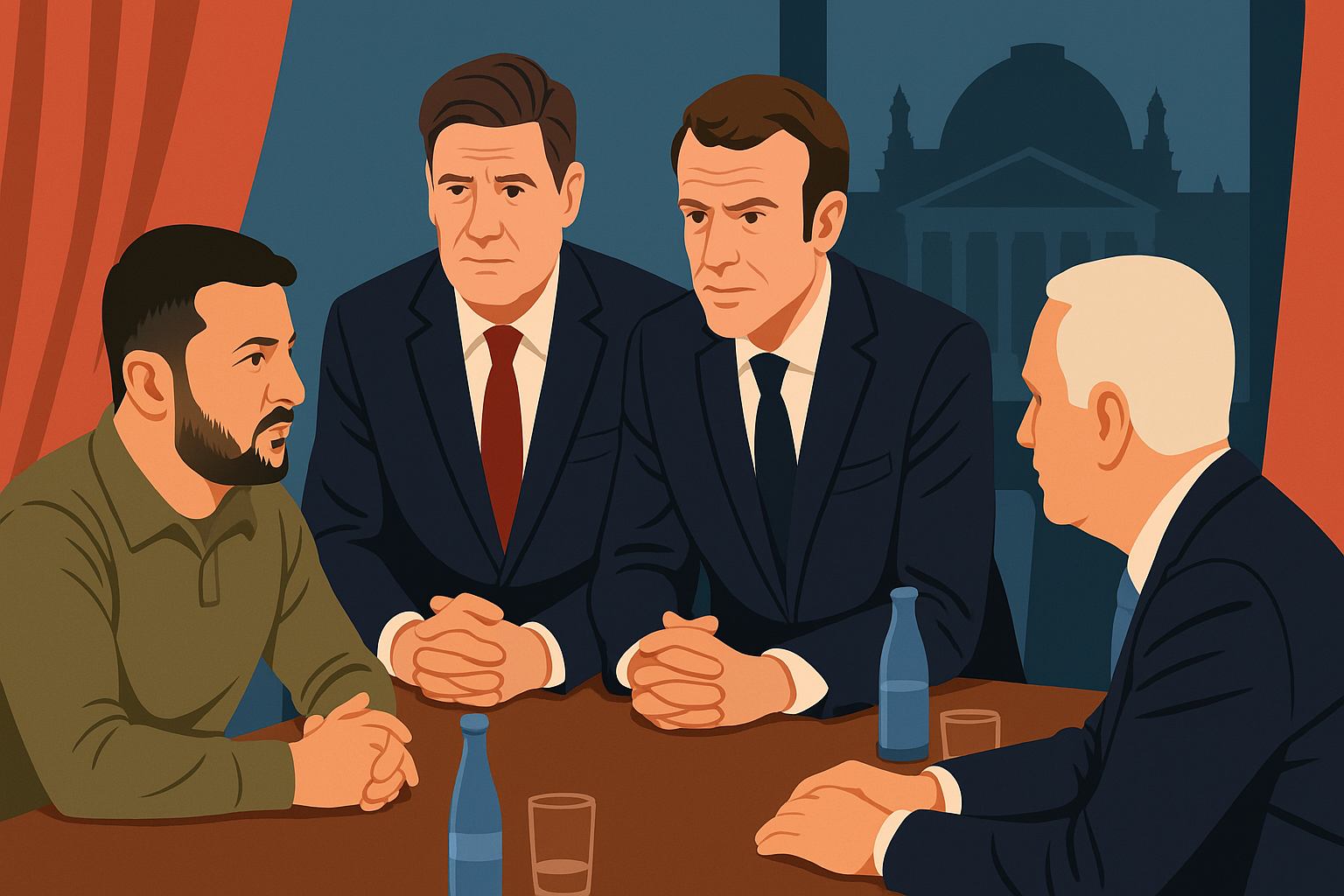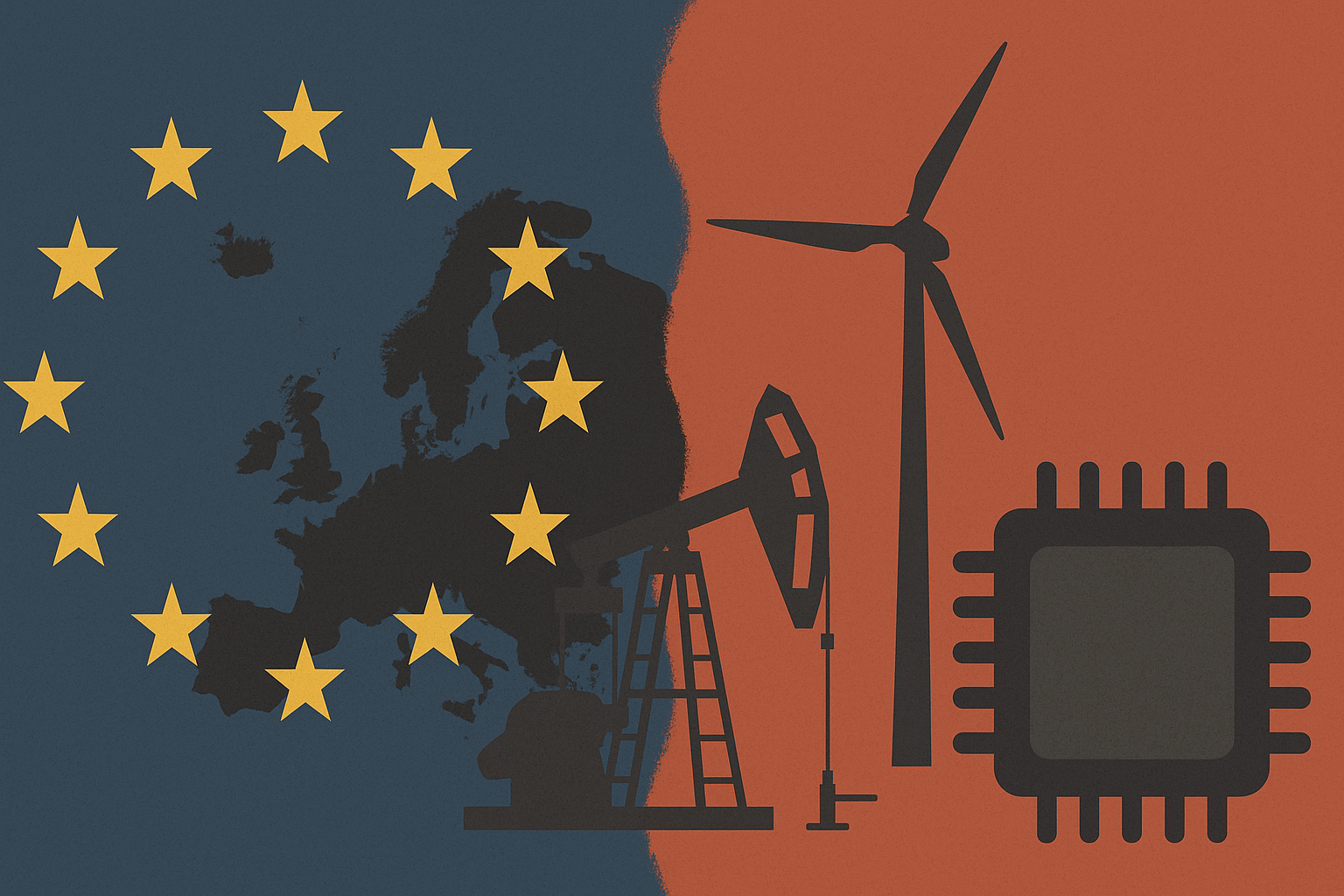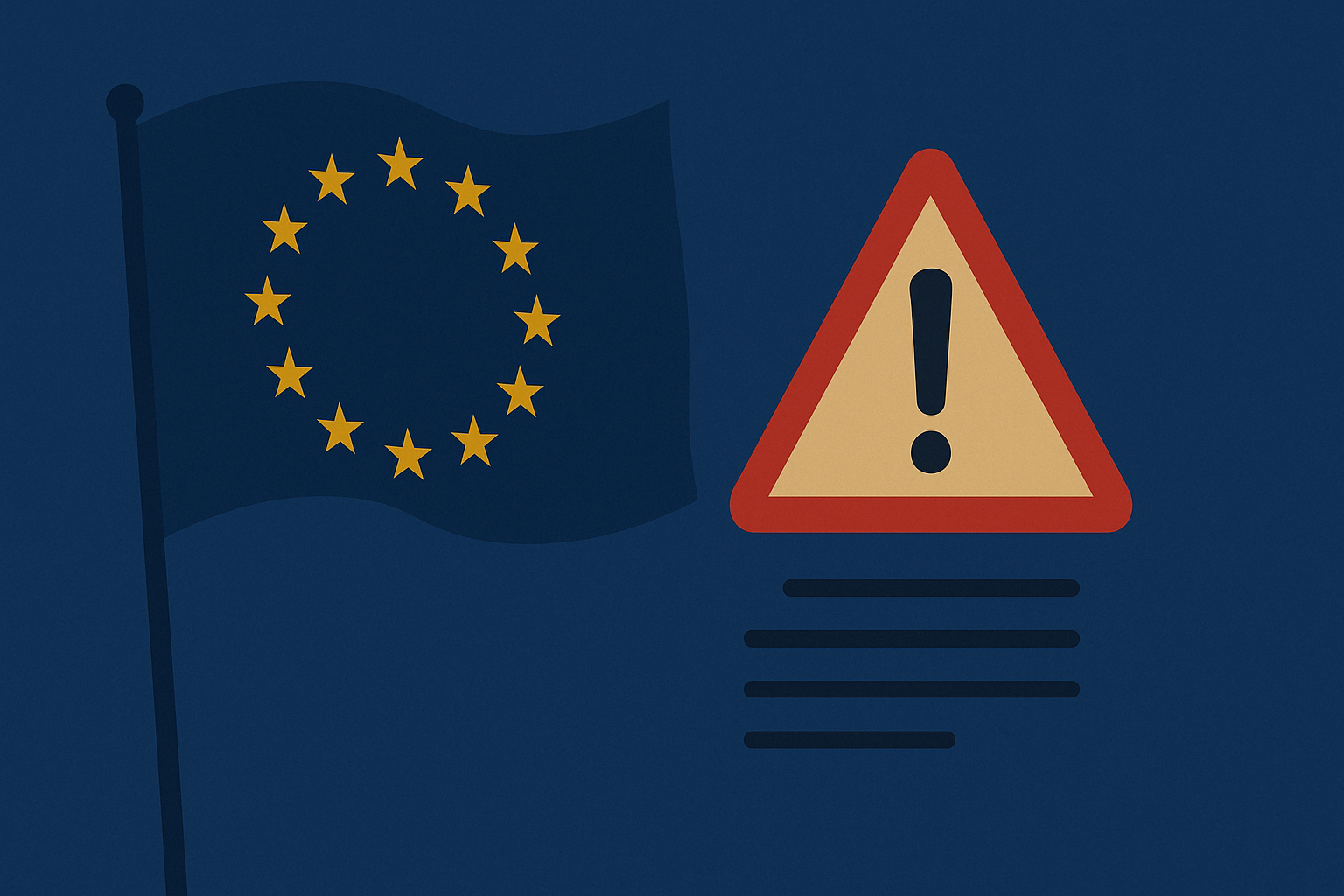YouTube has announced a major policy update aimed at curbing the flood of low-effort, AI-generated content on its platform. Beginning July 15, 2025, the platform will start demonetising videos that are produced using artificial intelligence without delivering real value to viewers.
While YouTube isn’t banning AI altogether, it is making a clear distinction: AI tools that assist creators are still welcome, but content that relies solely on mass automation, repetitive scripts, cloned voices, or generic stock visuals will no longer be monetised.
What’s Driving the Change?
The decision stems from growing concern among both viewers and creators over what has become known as “AI slop”—videos that mimic meaningful content but offer little substance. According to a 2024 global study by TechSmith, 90% of viewers expressed concern about AI-generated videos, citing:
- Misinformation or inaccuracy (45%)
- Low production quality (24%)
- Unclear content origin (21%)
Yet, the same study showed that 75% of users were comfortable with AI tools being used to support video creation—as long as the content remained thoughtful, creative, and helpful.
YouTube’s New Monetisation Rules
Under the updated guidelines, YouTube is setting three new standards:
- Transparency: Creators must clearly disclose any use of AI-generated content—including visuals, voices, and scripts.
- Consent: Cloned voices or appearances of public figures must have prior consent or the video may be taken down.
- Quality Over Quantity: Mass-produced videos, even if accurate, will be ineligible for monetisation if deemed low-quality or spam-like.
These changes follow backlash over the rising volume of AI-generated Shorts, with some Reddit users reporting that up to 95% of recommended Shorts are now low-effort AI videos. A Vox investigation also warned of AI’s role in overwhelming viewers with meaningless content that diminishes attention spans and trust.
Reactions Across the Creator Community
While some creators fear the crackdown will limit innovation, many small and independent YouTubers have welcomed the update. They argue that the shift allows genuine, human-led content to thrive by reducing algorithmic noise and restoring fairness.
AI remains a powerful tool in video editing, captioning, and script assistance—but the message is clear: it can’t replace human creativity.
The End of Easy Money for AI Spam
This policy marks a turning point for YouTube. No longer will creators earn simply by flooding the platform with formulaic, AI-made videos. The autoplay era of effortless monetisation is coming to an end.
Now, content must not only disclose the use of AI—it must prove originality, creativity, and purpose. As YouTube puts the focus back on quality, the platform is responding not just to trends, but to its users’ growing demand for authenticity.








